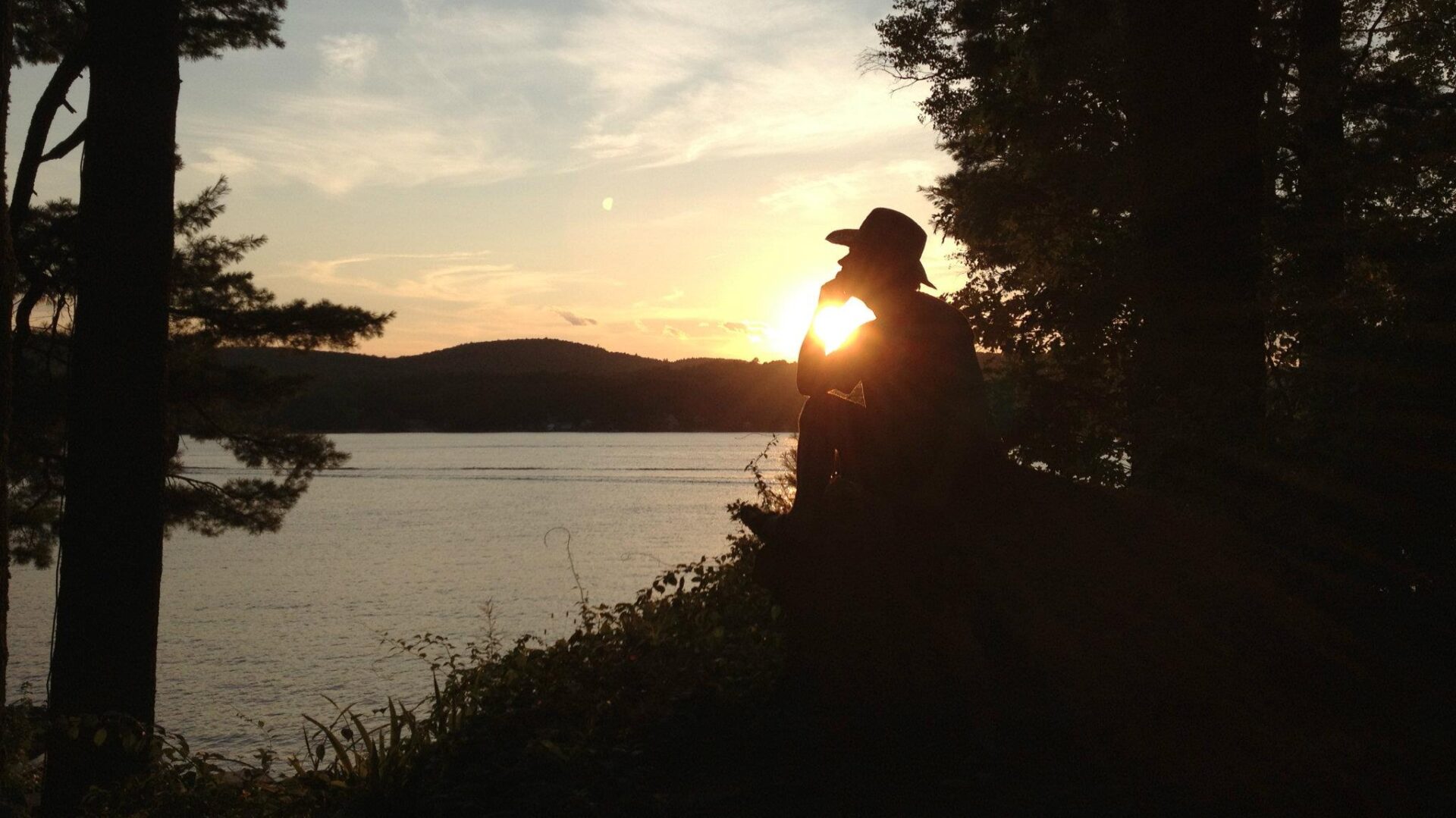Outdoor Survival Gear
Everyone has a recommended hiking load-out, bug-out bag contents, etc. Some aim for as lightweight as possible, others want to carry their kitchen sink. The best rule of thumb, really, is to pack for you. You know what you need; the essentials and some comforts. You know how much weight you want to carry. Nothing is gospel, nothing can account for every contingency.
If I can offer any advice, it’s to just be sure to make a list. I’d forget my head it if weren’t written down. Audit the list before every departure to make sure you replace any consumables or worn down items. Here is what I carry, and it’s a living list.
Table of Contents
The pack
Everything is contained in my Cabela’s blaze orange backpack, picked up on clearance after Christmas.
- Good for hunting or hiking, and affordable
- Be visible, in case you’re lost or separated from the group
- Plenty of room for everything, and a handy outside pocket for snacks and first-aid
- Loops to hang tools off of
Essentials
- Small first-aid kid, the necessities
- Band-aids
- Antiseptic wipes
- Antibiotic ointment
- Gauze pads
- Toiletries
- Toilet paper
- Paper towels in a baggy
- Wet wipes or wetnaps
- Pocket HandWash
- Fingernail clipper
- Floss
- Meat in your teeth
- Fishing line, pack a hook
- Plastic baggies
- Keeps paper dry
- Wrap half-eaten food (I have a young kid)
- Can pick up your waste if the ground is frozen
- Aluminum emergency blanket
- Wrap items in old grocery bags or large baggies
- Keeps clothes dry
- Can be used to wrap wet feet to avoid frostbite
- Ben’s 100 bug repellant – It’s hard to find these days, but is still the best thing against Maine mosquitos, our State Bird!
- Flint & Steel
- Start fires with your paper toiletries, in a pinch
- Whistle w/ compass
- Compass pin for coat (because redundancy)
- Paper printout of trail map, and map to trailhead
Clothing items
- Gloves
- Paracord bracelet
- Loop on water bottles to the backpack
- Easy handle for my kid to grapple without breaking my fingers
- Cut it apart in emergency
- Handkerchief
- Wipe your nose
- Compress for bad cuts
- Knit hat – it can be cold at the top!
- Thin rain coat, for rain or high wind
- Socks, extra layer for cold, or replacement for wet socks
- Heat Seat – Poly-filled waterproof cushion
Tools
- Metal implements on a carabiner can be used as a bear bell
- Tick remover tool on a carabiner
- Spork / bottle opener on a carabiner
- Windproof Lighter
- P-38 Can Opener
- My Scout Master gave me one years ago, and it’s great to have if you carry canned goods without a pull tab.
- Small notepad and pen
- Write down what you forgot
- Track radio contacts
- Leave a note on your car
- Headlamp
- Convenient and hands free
- Good to have on hand if phone or other devices with built-in lights are dead
- Rope, preferably paracord because it won’t stretch
- Clothesline
- Tourniquet
- Tie-off to a tree or friend
- Hunting knife
- Cut up your lunch
- Cut rope
- Pull splinters
- Hatchet (wishlist item)
- Trowel or shovel (wishlist item)
Communications
- Battery pack and USB cables
- Includes a flashlight
- Charges phone (works best when off)
- Cellular phone
- Place in maximum power saving mode with location turned on
- Will provide phone, text and photos w/ geotagging, and last for days
- Has a built-in flashlight
- Download maps for offline use
- Screen can be used as a mirror to flag hikers and airplanes, even if it’s dead
- Two-way FRS radio / walkie-talkie / handheld transceiver
- Call it what you may, having an FRS radio to keep in touch with the front, middle and back of the group is handy
- Other hikers may also be carrying these radios, and can be called upon to offer assistance
- They’re cheap and replaceable
- Ham radio HT (handheld transceiver)
- I carry a cheap Baofeng with an external long whip antenna to maximize distance
- In the woods, I can get 12+ miles, at the peak, 50+ miles
- Can connect to other amateur radio operators, and emergency dispatchers when other means of communication are unavailable
- Can also connect to FRS and GMRS, but not necessarily legal for non-emergency use on these bands (see my page on Radio Services)
- Can tune into weather radio stations
- Includes a built-in flashlight and FM radio
- Radio Ops Binder (likely stays in the car)
Suggestions?
What do you include in your pack? Comment below!
